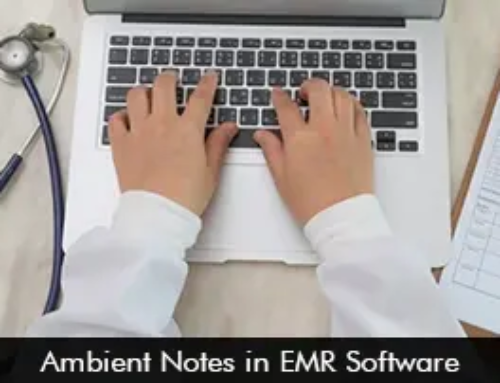Electronic Health Records (EHRs) have revolutionized the healthcare industry by digitizing patient data and streamlining medical workflows. One significant area where they have had a profound impact is medical billing and coding. This blog explores the various ways EHRs have transformed the landscape of medical billing and coding, leading to enhanced accuracy, efficiency, and reimbursement processes.
Streamlined Documentation:
- EHRs have taken the place of conventional paper-based records, allowing healthcare professionals to electronically record patient encounters.
- Digital documentation increases accuracy in medical billing and coding by lowering the possibility of mistakes, illegible handwriting, and lost records.
- The templates and pre-populated fields assist clinicians in gathering the thorough and precise data required for accurate coding and billing.
Enhanced Code Accuracy:
- They frequently incorporate coding resources and tools, supporting medical professionals in choosing the best diagnosis and procedure codes.
- Coding and billing can be more accurately completed by reducing errors and omissions with the aid of automatic code suggestions based on documentation found in them.
- Electronic Health Record systems’ real-time coding warnings and compliance checks make it easier to spot potential coding problems and guarantee compliance with coding standards and laws.
Improved Charge Capture:
- They make charge capture more effective and precise by automatically connecting procedures, treatments, and drugs to billing codes.
- By directly entering charges into them, doctors can decrease the likelihood that services would be forgotten or neglected.
- By integrating EHRs with billing systems, charge data can be transferred automatically, reducing human entry errors and speeding up the billing process.
Faster Claim Submission and Reimbursement:
- By sending billing data to insurance companies electronically, EHRs speed up the claim filing procedure.
- The processing of claims takes less time and administrative work when paper-based claims are no longer accepted.
- Their automated coding and billing procedures improve the precision and thoroughness of claims, lowering the risk of rejection and postponing payment.
Enhanced Documentation for Audits and Compliance:
- The extensive and well-organized documentation provided by these software systems makes it simpler to react to audits and compliance reviews.
- Quick patient data retrieval is made possible by electronic records, enhancing the accuracy and thoroughness of documentation during audits.
- Reduced danger of fines and legal repercussions is achieved by improved compliance with coding and documentation standards, as enforced by these software.
Data Analytics and Reporting:
- They give healthcare businesses access to powerful reporting and analytics tools that let them examine coding patterns, reimbursement trends, and financial performance.
- These perceptions aid in locating opportunities for process improvement, revenue cycle management, and optimization.
- Organizations can use data from them to influence decisions, track key performance indicators, and implement plans for greater productivity and revenue production.








